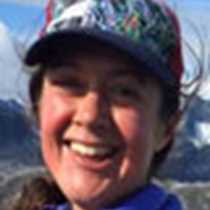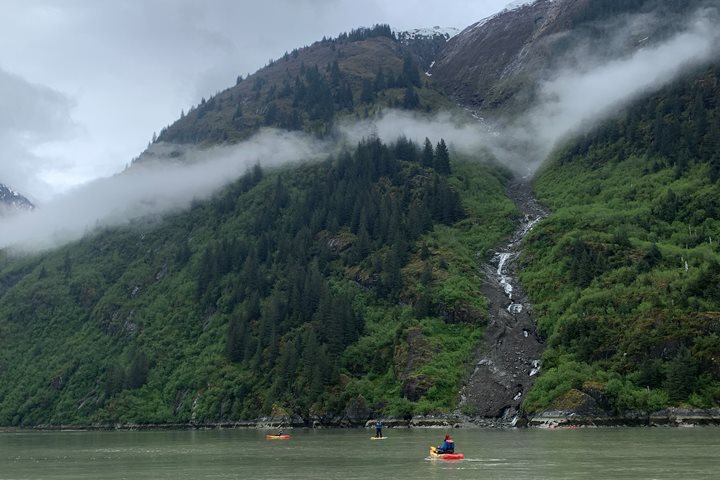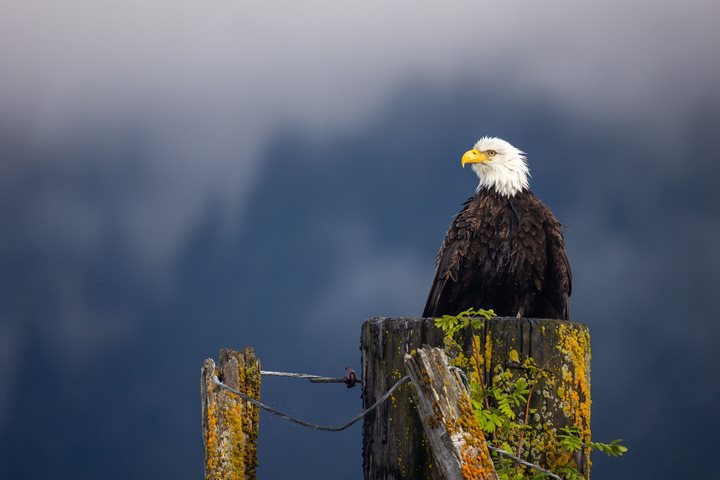This morning we pulled into Williams Cove, just outside of the opening to Tracy Arm. National Geographic Sea Bird was surrounded by icebergs, even twenty miles from their source of calving (birthing) at South Sawyer Glacier. Everyone on board had the opportunity to go kayaking and hike through the spruce and hemlock trees. Some hiking groups even encountered a brown bear on the beach before departing Williams Cove.
During lunch, National Geographic Sea Bird traveled twenty miles up the thin fjord, into the U-shaped valley the glaciers carved over the last several thousand years. For the last 250 years or so, since the Industrial Revolution, the ice has been in retreat, which opened up valleys that seawater has now filled. This allows our vessel to travel through these areas in present time, toward the face of tidewater glaciers.
Precipitation and cold temperatures are necessary ingredients for building glaciers, and both were present as we observed the face of South Sawyer by Zodiac. At around 50 degrees Fahrenheit, which is actually warm for a glacier, many calving events occurred. One large chunk released from the face of the glacier, which seemed to trigger even more ice loss and calving. The sounds and resulting waves reverberated outward. It was quite an end to our voyage in Alaska.







